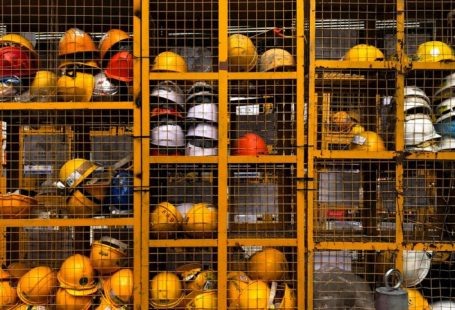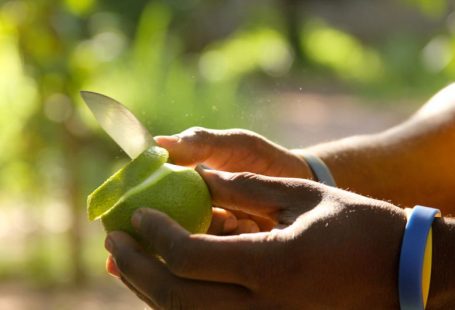When it comes to woodworking and carving, the choice between hardwood and softwood can greatly impact the outcome of a project. Both types of wood have unique characteristics that make them suitable for different applications. Understanding the differences between hardwood and softwood in carving can help you choose the right material for your next woodworking project.
**Density and Strength**
One of the key differences between hardwood and softwood lies in their density and strength. Hardwood, as the name suggests, comes from deciduous trees and is generally denser and harder than softwood. This density makes hardwoods like oak, maple, and cherry ideal for intricate carving projects that require fine details and durability. On the other hand, softwood, which comes from coniferous trees, is less dense and softer, making it easier to carve but more prone to denting or damage.
**Grain Pattern**
Another important distinction between hardwood and softwood is their grain pattern. Hardwood typically has a more complex and varied grain pattern, with distinct lines and swirls that add visual interest to the finished piece. This intricate grain can be a design feature in itself, enhancing the overall aesthetics of the carving. Softwood, on the other hand, tends to have a simpler and more uniform grain pattern, which may be preferred for projects where a smooth and consistent finish is desired.
**Ease of Carving**
In terms of ease of carving, softwood generally takes the lead. Its softer nature makes it easier to work with hand tools and carve intricate designs without too much effort. Softwoods like pine and cedar are popular choices for beginners and those looking to practice their carving skills due to their forgiving nature. Hardwood, on the other hand, requires more skill and precision to carve due to its density and hardness. Carving hardwoods may require sharper tools and a more delicate touch to achieve the desired results.
**Durability and Longevity**
When it comes to durability and longevity, hardwoods have the upper hand. Their dense nature and strong fibers make them resistant to wear and tear, making them ideal for projects that will be subjected to heavy use or outdoor elements. Hardwoods are less likely to warp or shrink over time, ensuring that your carving will stand the test of time. Softwoods, while easier to carve, are generally less durable and may require more maintenance to preserve their appearance and structural integrity.
**Finishing and Staining**
Both hardwood and softwood offer a variety of options when it comes to finishing and staining. Hardwoods are known for their beautiful natural colors and rich tones, making them a popular choice for projects where the wood’s grain and color are highlighted. Hardwoods also tend to take stains and finishes well, allowing you to customize the look of your carving to suit your preferences. Softwoods, on the other hand, may require more preparation and conditioning before staining to achieve a consistent finish due to their softer and more porous nature.
**Choosing the Right Wood for Your Carving Project**
When selecting wood for your carving project, consider the intricacy of the design, the desired finish, and the intended use of the final piece. Hardwood is best suited for detailed carvings that require strength and durability, while softwood may be more suitable for practice pieces or projects where ease of carving is a priority. Experimenting with different types of wood and understanding their unique characteristics can help you achieve the best results in your woodworking endeavors.
**In Summary**
In summary, the differences between hardwood and softwood in carving lie in their density, strength, grain pattern, ease of carving, durability, and finishing characteristics. Hardwoods offer strength and durability, intricate grain patterns, and rich natural colors, making them ideal for detailed carving projects. Softwoods, on the other hand, are easier to carve, more forgiving for beginners, and may require more maintenance to preserve their appearance. By considering these factors, you can choose the right wood for your carving project and create a piece that is both visually stunning and long-lasting.





